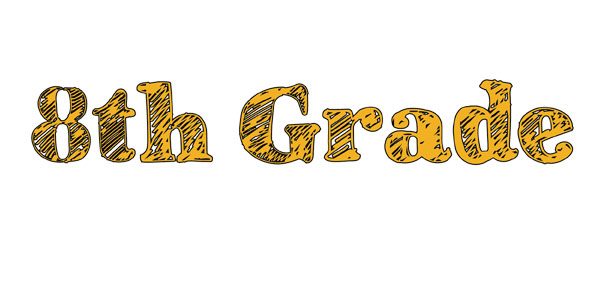Related Flashcards
Related Topics
Cards In This Set
| Front | Back |
|
What have the trends in popularity of tests been over the last 80 years, and why?
|
1930s-60s: very popular - thought to be "semi-magical pathways to the 'truth'" about intelligence, personality, ability1960s-70s: much of appeal lost becausea) research on reliability and validity proved unflatteringb) growing awareness of how susceptible tests were to biasc) recognition that minority groups were often placed at a disadvantage with certain testsd) fear that tests invaded clients' privacye) worry that tests could easily be misused or misinterpretedRecently: popular again because - new and better tests have been designed - today's educational and health care systems seem to require psychological tests
|
|
What is a test?
|
A test is a systematic procedure for observing and describing a person's behavior in a standard situation.
|
|
What two principles allow us to view psychological tests with the same logic as that used to view experiments? What tells us whether we were successful?
|
Objectivity and standardizationWe are successful if the test's scores reflect characteristics of the client, and not of test administration, scoring procedures, or clinicians.
|
|
What characteristics do psychological tests share with other assessments?
|
With structured interviews: both ask clients to respond to specific stimuli presented in a predetermined order, and responses are scored based on an explicit set of rules.
With observations: Both allow the clinician to watch the client in the test situation. |
|
...
|
...
|
|
In what ways are psychological tests distinct from other assessment methods? (3)
|
1) Tests allow for statistical comparison to hundreds or thousands of other respondents.2) A test can be administered in private, so observation may not be a part of it.3) Tests can be administered in groups as well as individually.
|
|
Why do so many psychological tests exist?
|
- Testers are always looking to measure constructs in more reliable, valid, and sophisticated ways.- Testers' interests are becoming more specific, resulting in special-purpose tests.
|
|
What is the best-known publication listing and evaluating the reliability, validity and utility of psychological tests?
|
The Mental Measurements Yearbook - reviews over 2200 standardized psychological tests
|
|
Into what three general categories can most psychological tests be grouped? Which is most common?
|
A) intellectual or cognitive abilitiesb) attitudes, interests, preferences, and valuesc) personality characteristics
a and c are more commonly used by clinical psychologists in the U.S. |
|
What is the analytic approach to creating a psychological test?
|
One analyzes the content of a domain and matches questions that she believes tap that content.e.g. what qualities do I want to measure, how do I define these qualities, now let's create a test that answers this
|
|
What are the two main approaches to constructing a psychological test? Advantages of each? Third approach?
|
Analytical and Empirical:
Analytic advantages:- faster and less expensive- good for clinicians evaluating a particular theory, as a test that taps what that particular theory says is needed Empirical Advantages:- you'll always get items that work, even if they don't look like they would --> desirable for those who have time and other resources Third - Sequential System approach:Combines the two. Items to try out are chosen on analytic grounds, but then tested statistically for correlations, discrimination ability etc. |
|
What is the empirical approach to creating a psychological test?
|
The test's content 'chooses itself'. A large number of test items are given to people who have already been identified as the group to be studied (e.g. males and females). Stimuli that differentiate are then used to create the initial version of the test, even if they don't have any obvious relationship (that's how we end up with seemingly odd items).
|
|
What three methods are there for scoring a psychological test?
|
Standardization sample: allows us to score according to norms - means, variances, percentages etc. Every decade or so, major tests are re-normed.
Criterion: a certain level of proficiency may be set, and the score compared to it. Ipsative measurement: interprets scores by comparing the test taker to himself or herself (especially useful for measuring outcome of treatment) |
|
What factors tend to contribute to distortion of test scores?
|
- Circumstances under which the test is given: noise, temperature, presence of a stranger etc. can all cause huge variance
- Response style/set/bias: some clients tend to respond in particular ways to most items, regardless of what the items are e.g. social desirability bias, acquiescent response styles (agreeing with any self-descriptive test item), defensive, deviant, exaggerated stylesIt is unclear whether this is the result of stable client characteristics or temporary behaviors |
|
How can distortion of tests be minimized?
|
Test format:a) clear, simple instructionsb) extensive poilot-testingc) participation of outside experts in test biasd) indicators of response bias or distortion built in
Test giver:a) clearly explaining purpose of test and answering questions (rapport and motivation)b) making testing circumstances/conditions essentially the same for each clientc) noting and reporting anything that might compromise validity |








